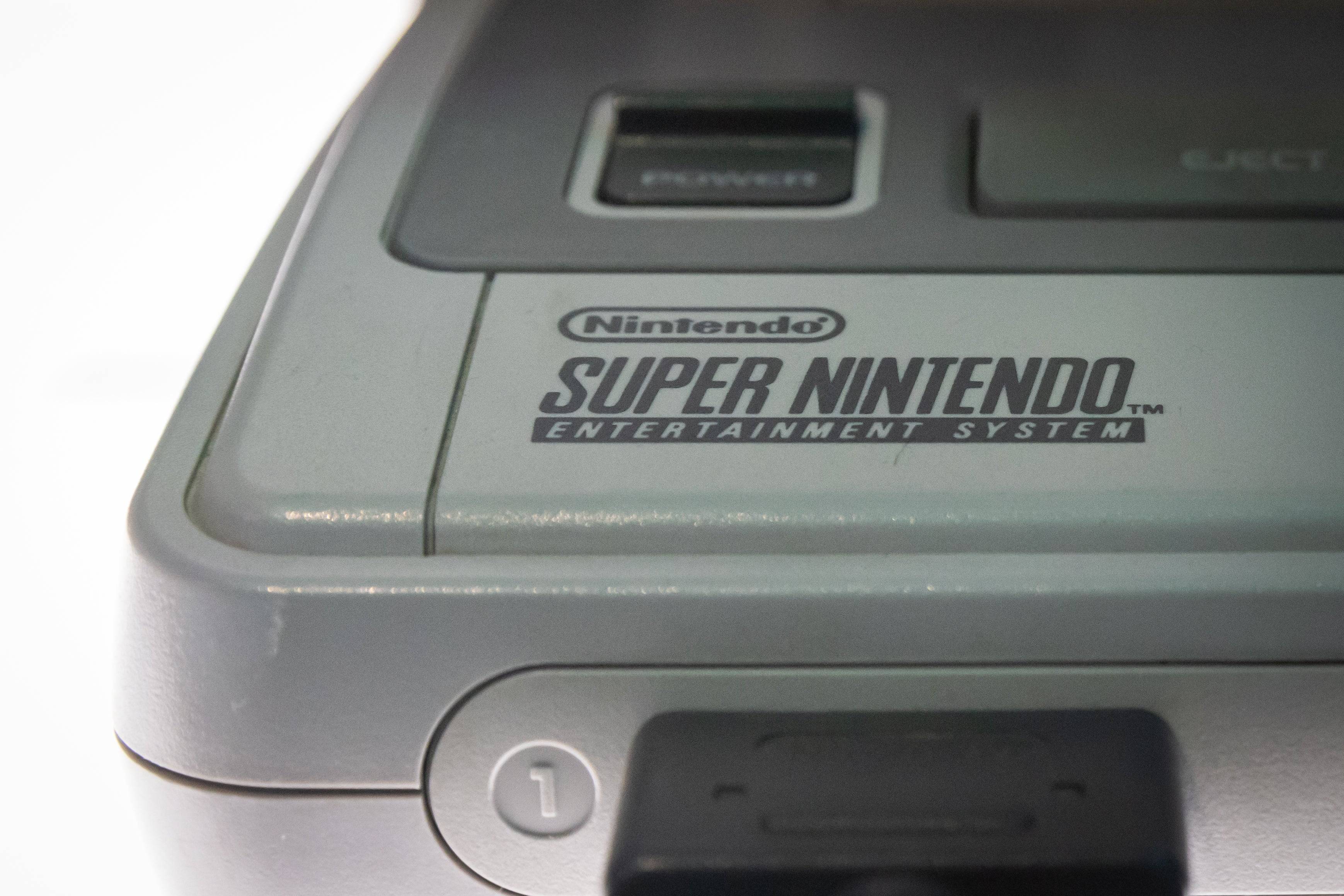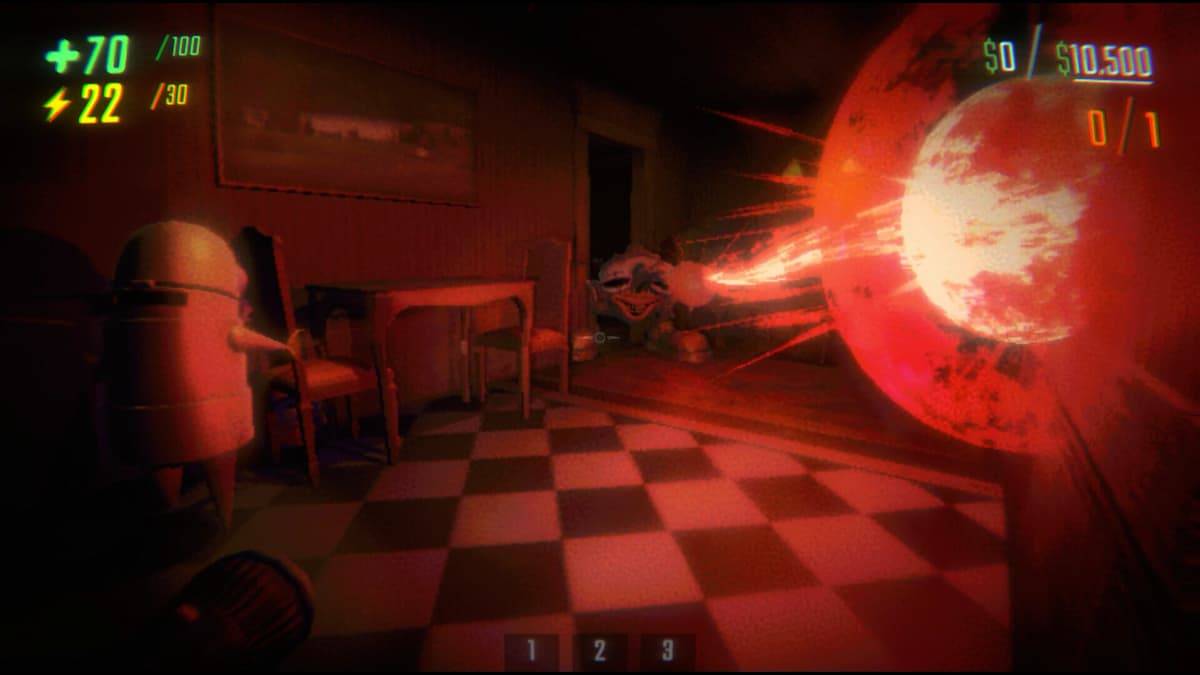The speedrunning community is currently grappling with a fascinating technological phenomenon that suggests the Super Nintendo Entertainment System (SNES) might be running games faster as it ages. This unexpected development came to light in early February when Alan Cecil, a Bluesky user known as @tas.bot, shared his observations that the iconic console appears to be performing slightly faster than when it was first manufactured in the 1990s. This theory implies that the nearly 50 million SNES units sold worldwide could now be delivering enhanced performance in games like Super Mario World, Super Metroid, and Star Fox, rather than degrading over time.
The notion that a video game console could improve its efficiency as it ages seems far-fetched, yet Cecil's research points to a specific component that may be responsible for this anomaly: the SNES's audio processing unit (APU), known as the SPC700. According to official Nintendo specifications, the SPC700 has a digital signal processing (DSP) rate of 32,000Hz, controlled by a ceramic resonator operating at 24.576MHz. However, retro console enthusiasts have noted discrepancies in these figures, with recordings over the past few decades showing variations in DSP rates influenced by environmental factors like temperature. This means the console processes audio and communicates with the CPU at rates different from those specified by Nintendo, and these fluctuations can subtly affect game speed.

The situation took an intriguing turn when Cecil asked SNES owners to record data from their consoles, revealing a trend of increasing DSP rates over the past 34 years. Data collected from over 140 responses indicate that the average DSP rate has risen from 32,040Hz in 2007 to 32,076Hz today. While temperature does influence these rates, it does not account for the observed increase. In a follow-up Bluesky post, Cecil noted, "Based on 143 responses, the SNES DSP rate averages 32,076Hz, rising 8Hz from cold to warm. Warm DSP rates go from 31,965 to 32,182Hz, a 217Hz range. Therefore, temperature is less significant. Why? How does it affect games? We do not know. Yet."
Despite these findings, Cecil acknowledges that more research is needed to understand not only how much faster the SNES is processing game audio but also what is causing this phenomenon. Historical data on console performance from the first decade of the SNES's life is scarce, making it challenging to draw definitive conclusions. Nonetheless, as the SNES approaches its 35th anniversary, it appears to be aging gracefully.
The implications of this discovery are significant for the speedrunning community, as an SPC700 processing audio faster could theoretically shorten load times and impact game performance. However, the relationship between APU speeds and visual game speed is not straightforward. Even under the most extreme conditions, the new findings might only reduce a speedrun by less than a second. The extent to which different games could benefit from these changes remains uncertain, and the speedrunning community's research is still in its early stages. For now, the consensus is that players have little to worry about.
As Cecil continues to explore what drives the SNES's performance, the console remains robust into its 30s. For more insights into the SNES, you can check its ranking on the list of best-selling consoles of all time.
















